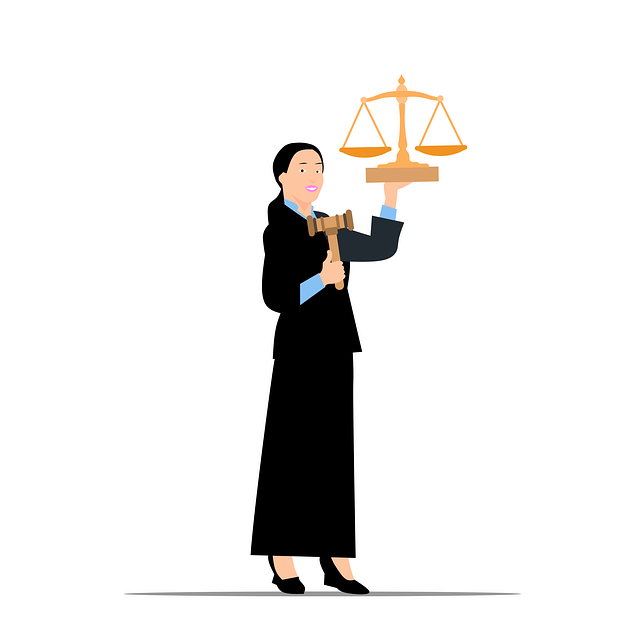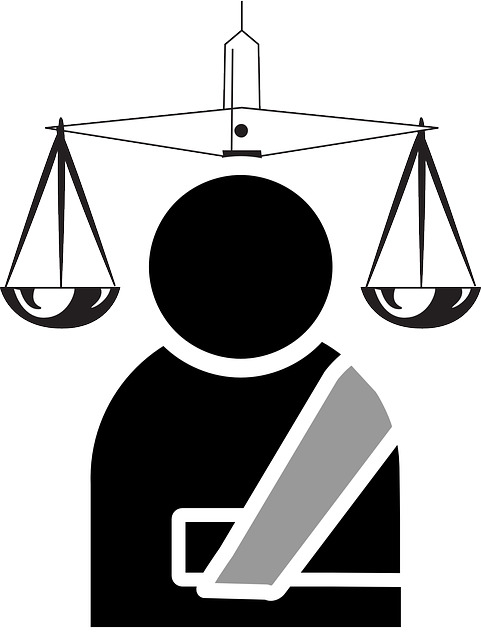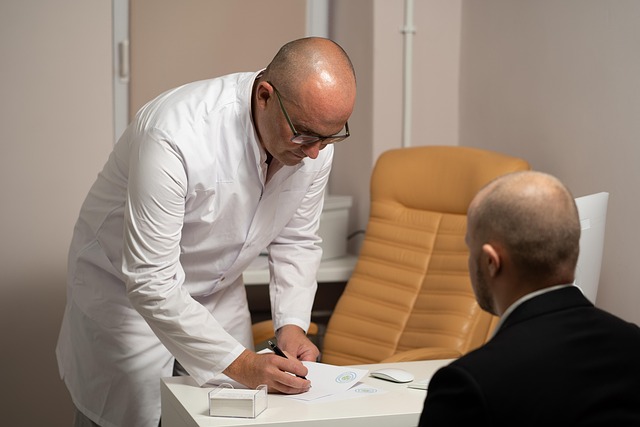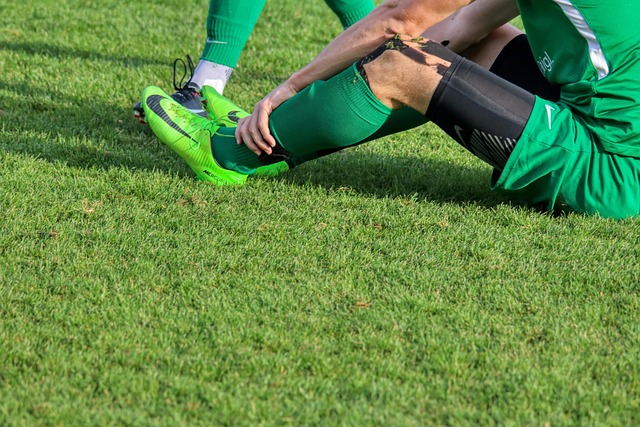Understanding and navigating a product liability claim requires careful steps: identifying liability, gathering evidence, consulting legal experts, filing lawsuits within statutes of limitations, maintaining detailed records, and clear communication. Complexities like case depth, legal proceedings, insurance disputes, witness availability, and expert testimony can significantly extend the process from months to years. Managing expectations is crucial as timeline varies by case complexity, jurisdiction, cooperation among parties, and insurance company involvement.
A product liability claim can be a lengthy process, with timelines varying widely based on factors like complexity and jurisdiction. Understanding the stages involved—from identifying the claim, gathering evidence, and filing legal paperwork to negotiations or litigation—is crucial for consumers and businesses alike. This article delves into the key elements that influence the duration of a product liability claim, offering insights into what to expect during each phase, from initial assessment to resolution.
- Understanding the Product Liability Claim Process
- Factors Affecting Case Duration
- Timeline Expectations for Resolution
Understanding the Product Liability Claim Process

Understanding the Product Liability Claim Process is crucial for anyone considering filing a claim. It begins with identifying the potential liability and gathering evidence of defective products or negligence in design, manufacturing, or marketing. This initial phase can involve extensive research, documentation, and consultation with legal experts to determine the strongest course of action. Once initiated, the process navigates through various stages, including filing a lawsuit against the responsible parties, often represented by an auto accident lawyer for cases involving car accident injuries.
Throughout the claim, it’s essential to document all interactions, keep detailed records, and maintain clear communication with legal counsel. The goal is to establish a breach of contract or duty of care, demonstrating that the product or service failed to meet expected standards, leading to harm or loss. Timely actions are key, as there are often strict statutes of limitations for filing claims, ensuring that rights are protected within defined legal frameworks.
Factors Affecting Case Duration
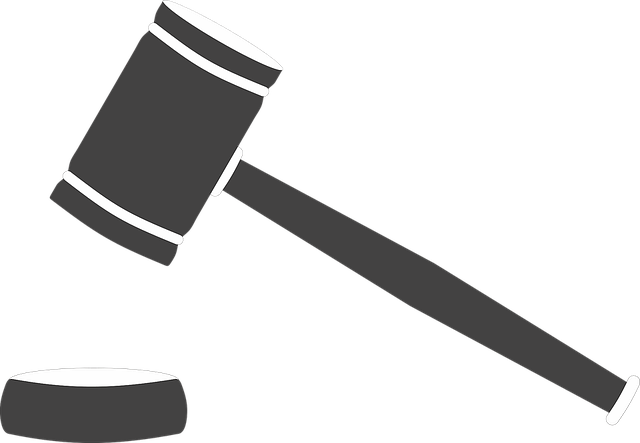
The duration of a product liability claim can vary greatly depending on several factors. One of the primary considerations is the complexity of the case. Cases involving defective medical devices or complex manufacturing processes tend to take longer due to the need for extensive research, expert testimony, and documentation review. For instance, nursing home neglect cases often require investigation into medical records, staff training protocols, and facility policies, which can extend the process.
Another significant factor is the stage of legal proceedings. Initial investigations and filing of claims usually take several months, while trials or settlement negotiations could significantly prolong the case. Additionally, insurance disputes play a crucial role; insurance companies may employ tactics to delay or settle out of court, affecting the overall timeline. The availability and cooperation of witnesses, along with the legal representation chosen, can also impact the duration, as efficient communication and strategic planning are essential in navigating these complex cases.
Timeline Expectations for Resolution

When initiating a product liability claim, it’s important to manage expectations regarding the timeline for resolution. The process can vary significantly depending on several factors, including the complexity of the case, the jurisdiction, and the willingness of all parties involved to cooperate and settle. On average, product liability claims in the United States typically take anywhere from 6 months to 2 years to resolve, though some may extend beyond this range.
For less complex cases involving well-documented evidence, such as those stemming from manufacturing defects or design flaws that lead to clear-cut injuries like slip and fall accidents or caregiver negligence, the process might be quicker, with a resolution within several months. However, for more intricate situations requiring extensive investigations, expert witness testimony, and potential litigation, the timeline can lengthen considerably. This is especially true if insurance companies become involved in negotiations or if there are multiple defendants, as each party may have distinct legal arguments to present.
Product liability claims can vary significantly in duration, with many factors influencing the timeline. Understanding the process and expectations is crucial for anyone considering such a claim. By evaluating the specifics of their case and accounting for potential delays, individuals can navigate the legal landscape more effectively, ultimately seeking resolution on their terms.
